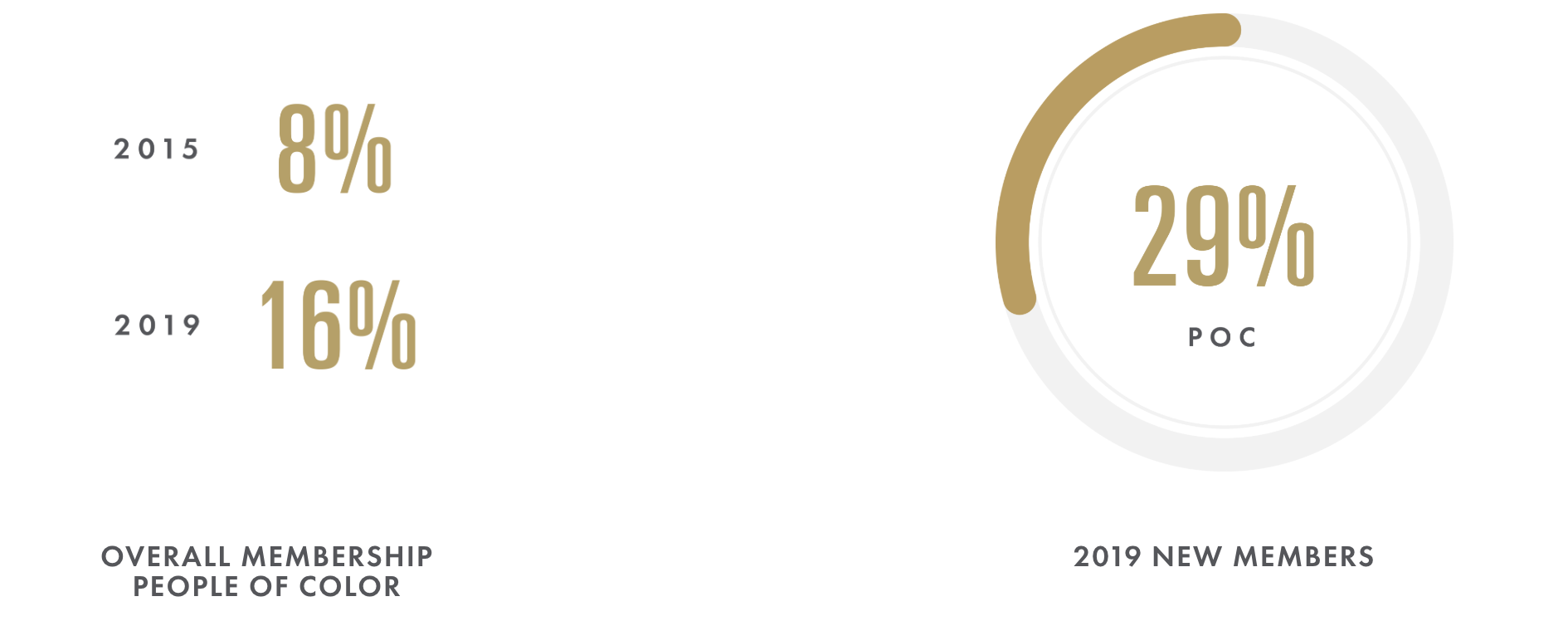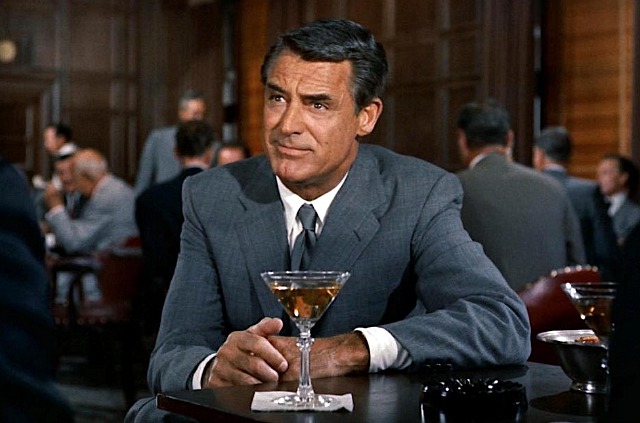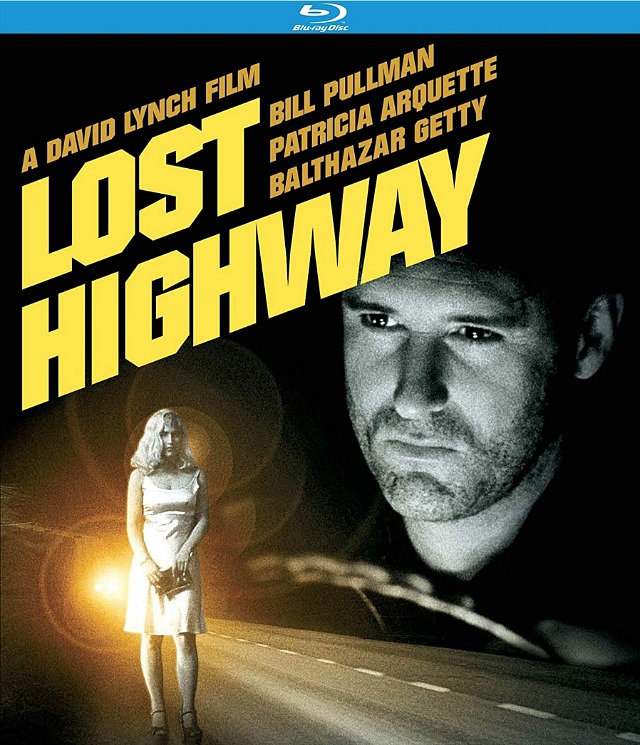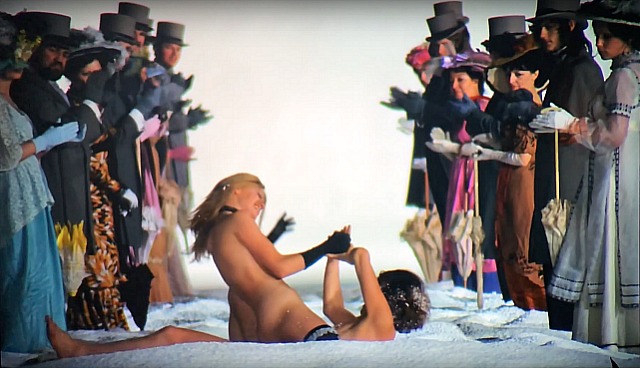Between late ’89 and early ’91 I was senior editor of Prime, a Music Plus-founded monthly that promoted CD and VHS titles. In early ’90 we decided we needed an art director for our TV Guide-sized publication. I interviewed six or seven people. My favorite applicant was a youngish, dark-haired, prim-looking woman whose name escapes. I “liked” her graphic design samples — not brilliant but they had a certain elan and consistency. She looked a bit like Tulsi Gabbard does now. Not a top-tier X-factor creative, in my view, but what could I expect given the modest salary we were offering?
I told my boss, Jeffrey Stern, and an assistant editor, Jake Stihl, that she seemed like the best of the lot. Having reviewed her “book” and resume and sized her up to a certain degree, they told me they agreed. All signs favoring. But a day or two later I had a follow-up phoner with Tulsi, and she told me she lived directly opposite the Del Amo Fashion Center in Torrance.
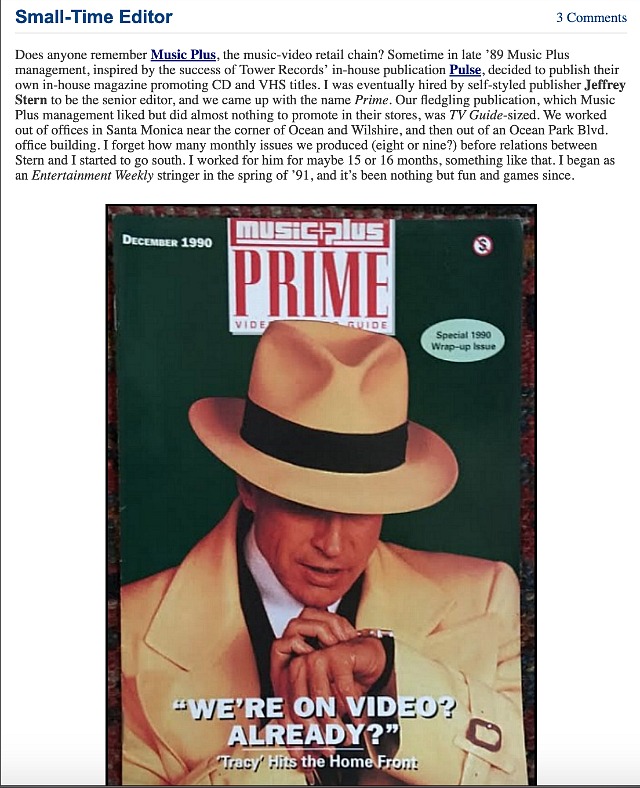
That jolted me some. I thought about it again after we hung up. I couldn’t get Del Amo out of my head. The next day I decided that Tulsi wasn’t a good fit. Stern and Stihl, taken aback if not open-mouthed, asked why. I knew my reasoning would sound odd to them, but I did my best:
“Because a person who really believes in creativity, which is to say someone living a little bit on the edge and always looking for inspiration of whatever sort, be it atmospheric or cultural or spiritual…a person who’s seriously invested in some kind of artistic pursuit and wants to be in a good position to pick up signals about whatever the next thing might be…that person would never live opposite the Del Amo Shopping Center,” I said.
“Jeff…c’mon,” Stern said. “Her stuff is good.”
“Hear me out,” I replied. “I like Tulsi and recognize that she’s at least moderately talented, but it really bothers me that she chose to live in what I feel is a toxic environment. Deliberately. The vibes that come out of Del Amo are oppressively bland. Mega-malls inspire passivity. They’re about trying to lull people into a state of submission in the same way that Las Vegas, Cancun and Disneyland do.
“It would be one thing if Tulsi lived a mile or so from Del Amo…fine. But directly opposite it? Graphic artists worth their salt live near the beach or in Koreatown or Silver Lake or Studio City or Venice or Burbank or Van Nuys…any one of dozens of Los Angeles towns wouldn’t prompt a raised eyebrow in this context. And yet Tulsi chose to inhale those Del Amo vibes on 24-7 basis, and that tells me that on some level that her ideas will be less than they should or could be.
“I’m sorry but something in my gut is genuinely unsettled about this. I would honestly feel better about hiring her if she was homeless and living in her van. To me Del Amo is poison.”
This was eight years before Quentin Tarantino‘s Jackie Brown, of course. That 1998 film lent a vague aura of mock-ironic coolness upon Del Amo, I guess. Maybe I’m just projecting.


